Get used to going gearless
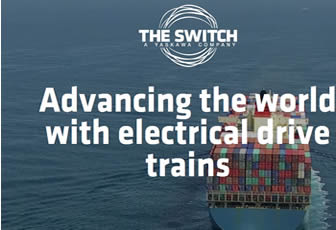
A gearbox has been a standard component for many high-powered pump, compressor or blower applications for many years now. The addition of gearing made it possible to increase or decrease rpm to the desired level. However, the presence of a gearbox posed several disadvantages.
Project footprint, for example, immediately increases as soon as gearing is introduced. It’s not uncommon for the size of the equipment skid to double due to the presence of a gearbox, and associated shafts, couplings and components.
Coupled with a greater footprint is a considerable increase in weight. In the past, weight was rarely an important element. But increasingly, engineers and designers are requesting more lightweight equipment. Offshore oil and gas, marine and subsea deployments, in particular, required smaller footprints than ever before in order to minimise costs and reduce transportation or installation costs.
Further, the presence of gearings tends to escalate overall project cost and complexity. As you introduce more moving parts and a larger number of elements into the equation, the price tag soars, the engineering difficulty rises and reliability diminishes, as well as efficiency. Additionally, the gearbox must be maintained, oil changed and the gears are wearing parts with a limited lifetime.
Eliminating the gearbox with a variable speed drive in turbo applications
A modern drive train, consisting of a high-quality Variable Speed Drive (VSD) and a motor capable of achieving speeds up to 15,000rpm is a viable way to overcome these obstacles. Still, it is critical that the chosen variable speed drive has been especially engineered for the specific application requirements.
And although conventional drive trains are evolving towards these high speeds, VSD drive trains from The Switch have already been able to reach this level of performance for more than a decade.
The Switch turbo drive consists of a solid rotor induction motor and a variable speed drive. The Switch turbo drive eliminates the need for a gearbox, yet the drive can control the whole process over its entire speed range. The full process control offers unmatched energy savings.
The stiff construction offers extremely high density, making it more compact and lightweight to reduce its footprint. Plus, it provides the added benefit of withstanding the forces of extremely high radial speeds and vibrations.
Use case: Compressors at 300m below the North Sea powered by The Switch
Take the case of the HOFIM compressors sitting 300m below the North Sea at Statoil’s Asgard field. As these subsea compressors were to be installed at depth, they had to be designed to run continuously for decades without maintenance. After all, the difficulty posed by an on-site repair on the ocean floor would be staggering.
Great care was taken, therefore, in the selection of equipment that offered the highest level of reliability and efficiency. Statoil choseMANDiesel and Turbo to provide compressors with a tiny footprint that could yet run continuously on the seabed. In turn, MAN looked for the most optimum way to power this integrated motor compressor.
MAN decided to power its compressors with a high-speed electric motor and turbo drive from The Switch. This approach offered the most reliable rotor construction in the smallest space. The turbo drive’s frequency converter control substitutes for the gearbox to provide the necessary torque to the compressor.
Additionally, the selection of the turbo drive allowed MAN to design a complete solution that could function without oil. Alternate forms of lubrication such as active magnetic bearings also contributed to an oil-free and frictionless design. Result: the subsea compressor has now successfully run for over 15,000 hours on the sea bed.
It is worth noting that this project would have had little chance of success without the addition of the turbo drive from The Switch. The added weight and footprint would have made transportation unwieldy, and the extra cost would have rendered project economics unviable. Further, lubrication would have been required and that would open the door to maintenance challenges that would have been virtually impossible to solve.
Use Case: Runtech uses VSD electric motor technology to save energy and improve efficiency
Another example isRuntech’s selection of The Switch to develop adjustable, high-speed motors to reduce the power consumption of its paper machine pumping vacuum system. Traditional solutions included water ring pumps with low efficiency and high water consumption or a single-stage or multi-stage blower aggregate with limited control ability. Instead, Runtech deployed the turbo drive.
This variable speed drive electric motor technology provided a far greater level of control, a reduction in water usage, ease of construction, and lowered maintenance requirements. In addition, the adjustability of the rotating speed of the turbo drive enabled Runtech to tailor the speed to actual process parameters. This leads to significant energy savings when you can adjust the motor operating point according to the process needs.
Similar articles
More from Electronic Specifier
- Building the case for construction offices in 2021 20th May 2021
- UK construction: is the industry finally on the up? 26th August 2020
- Speaking to a younger generation of women in tech 11th August 2020
- Engineering firms encouraged to get ‘2020’ vision 6th January 2020

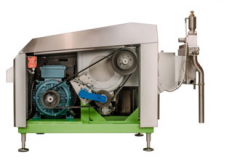
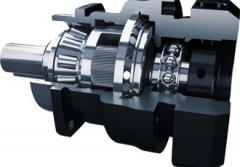
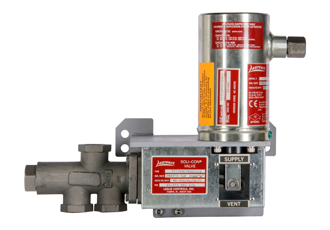
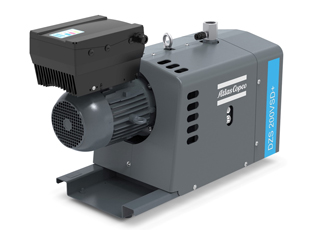







Write a comment
No comments